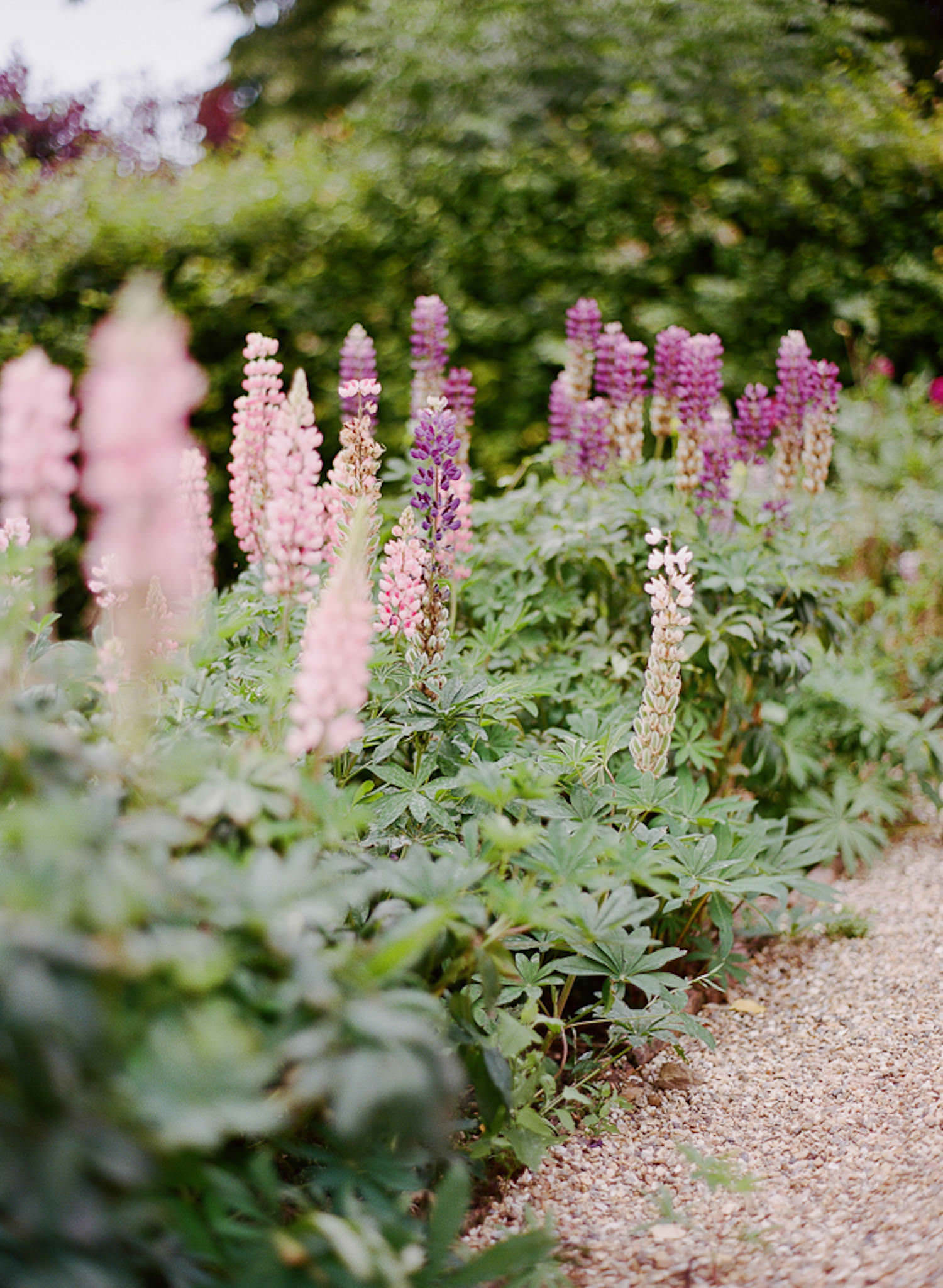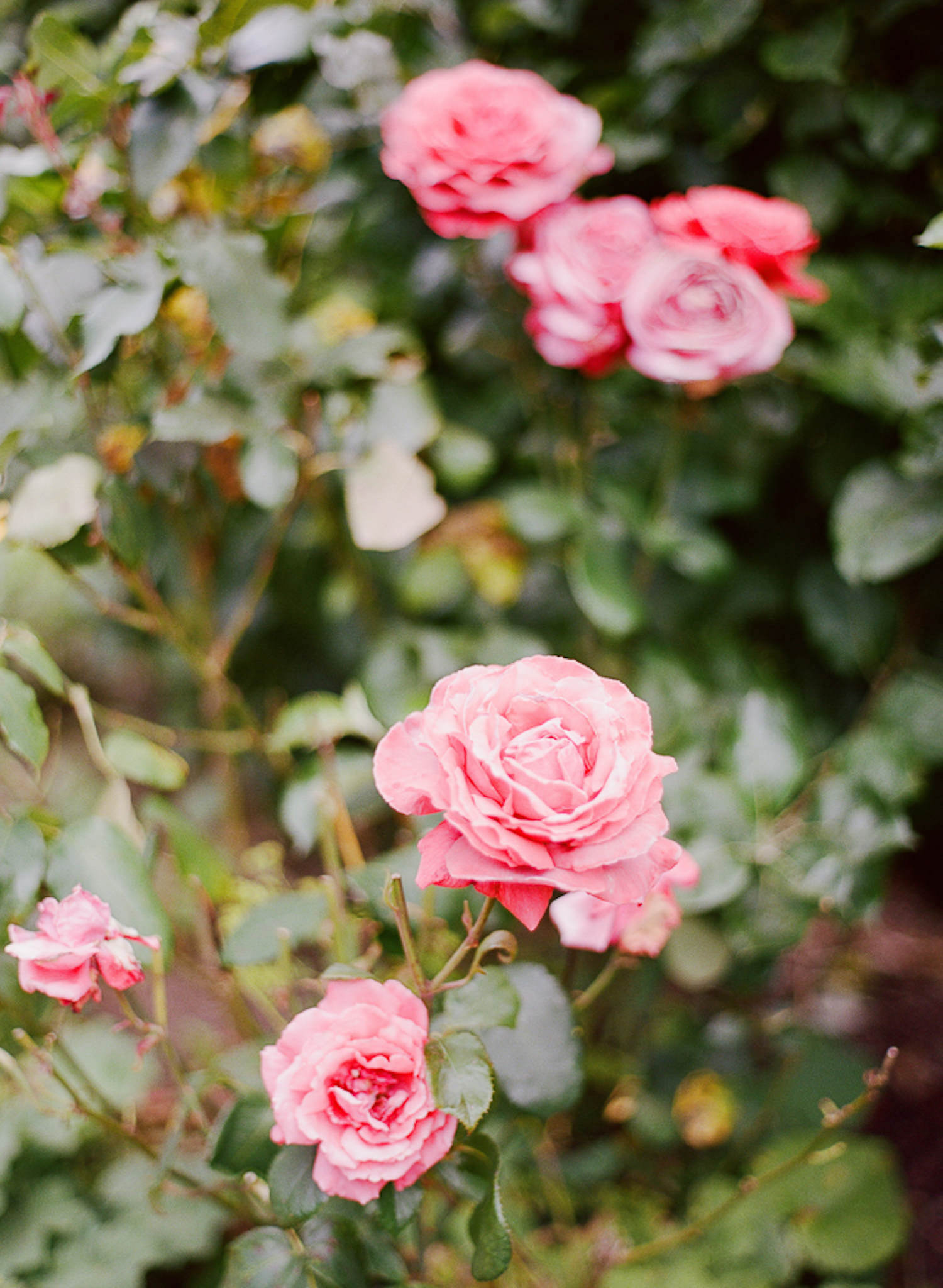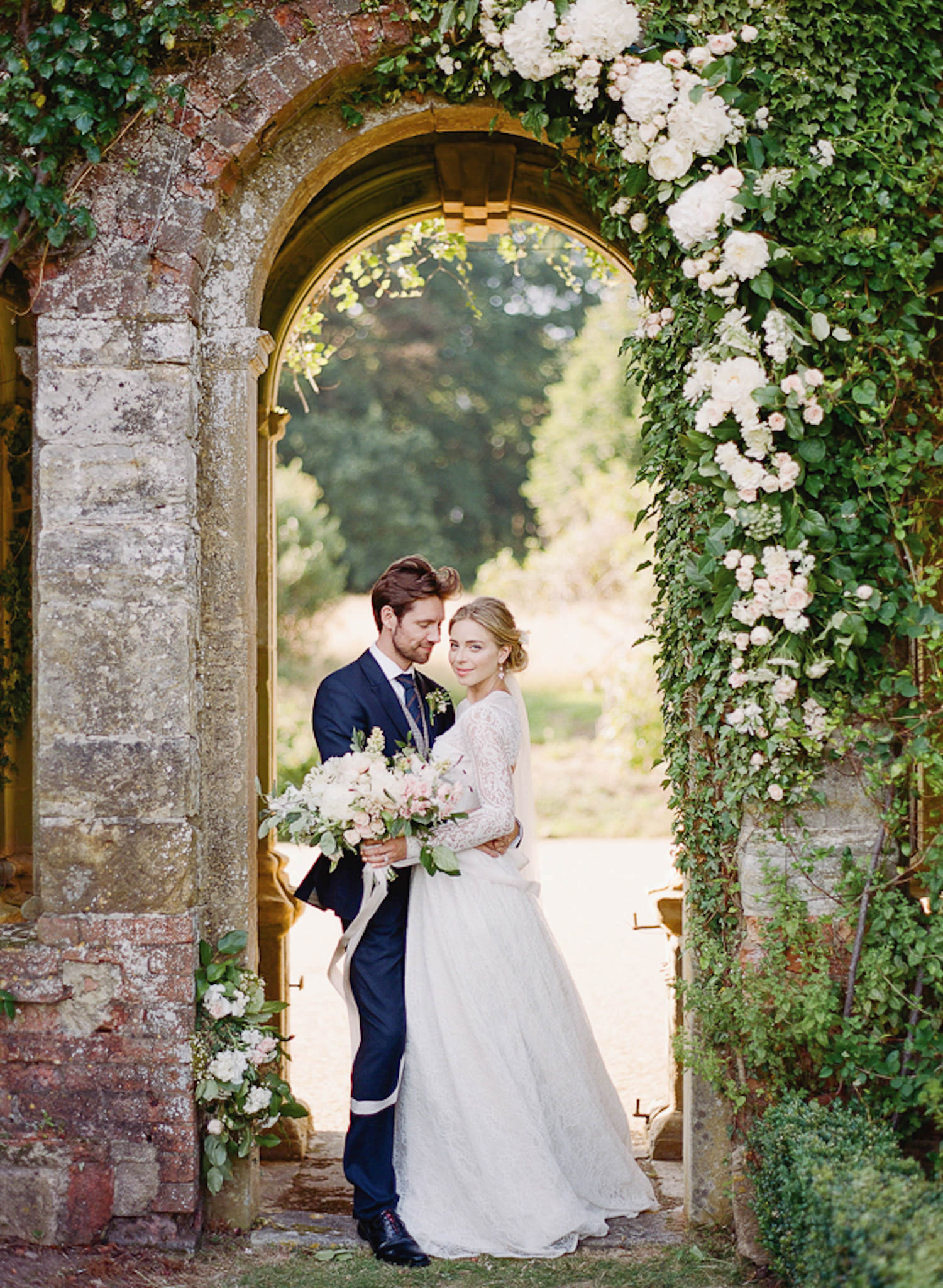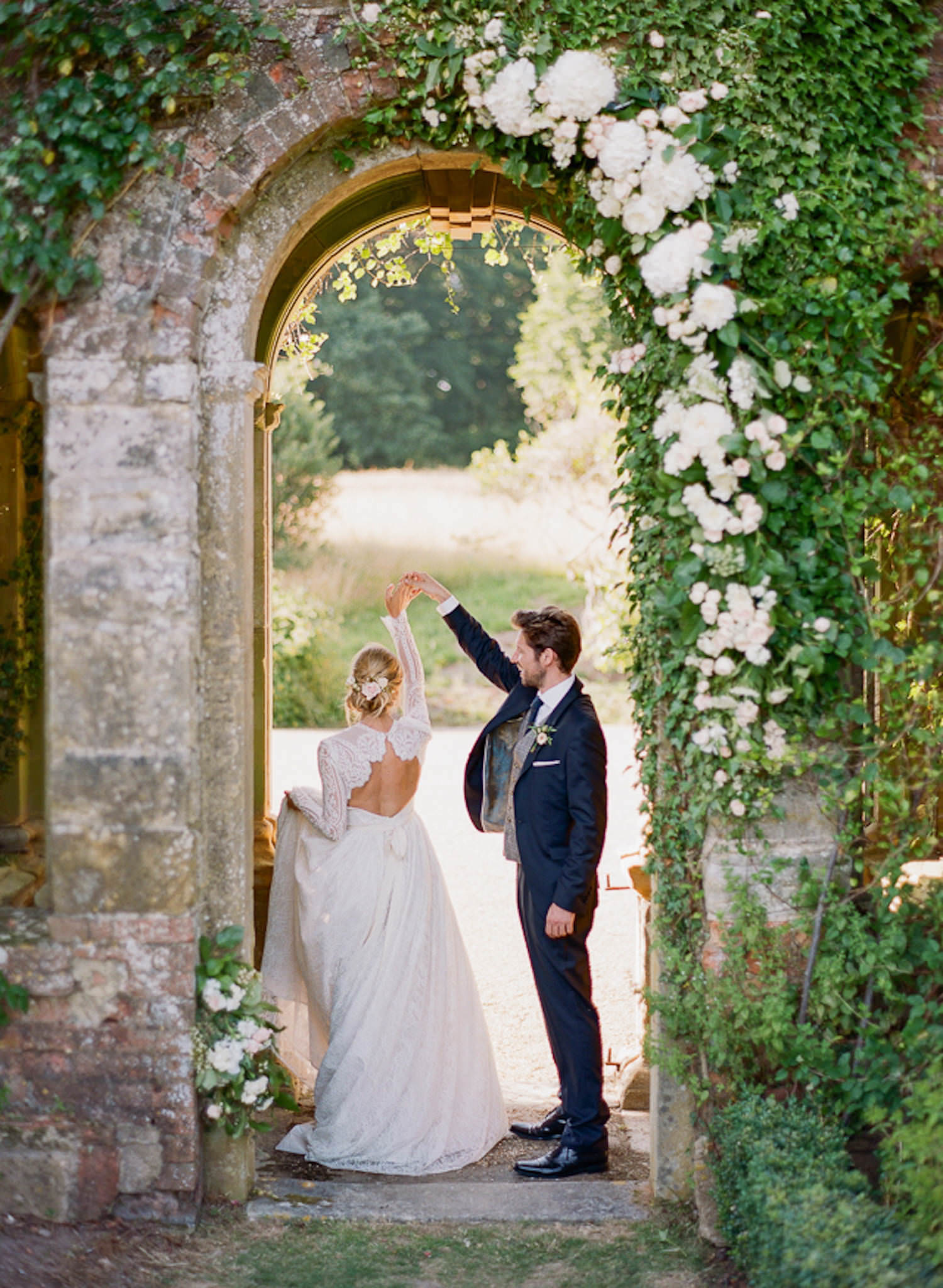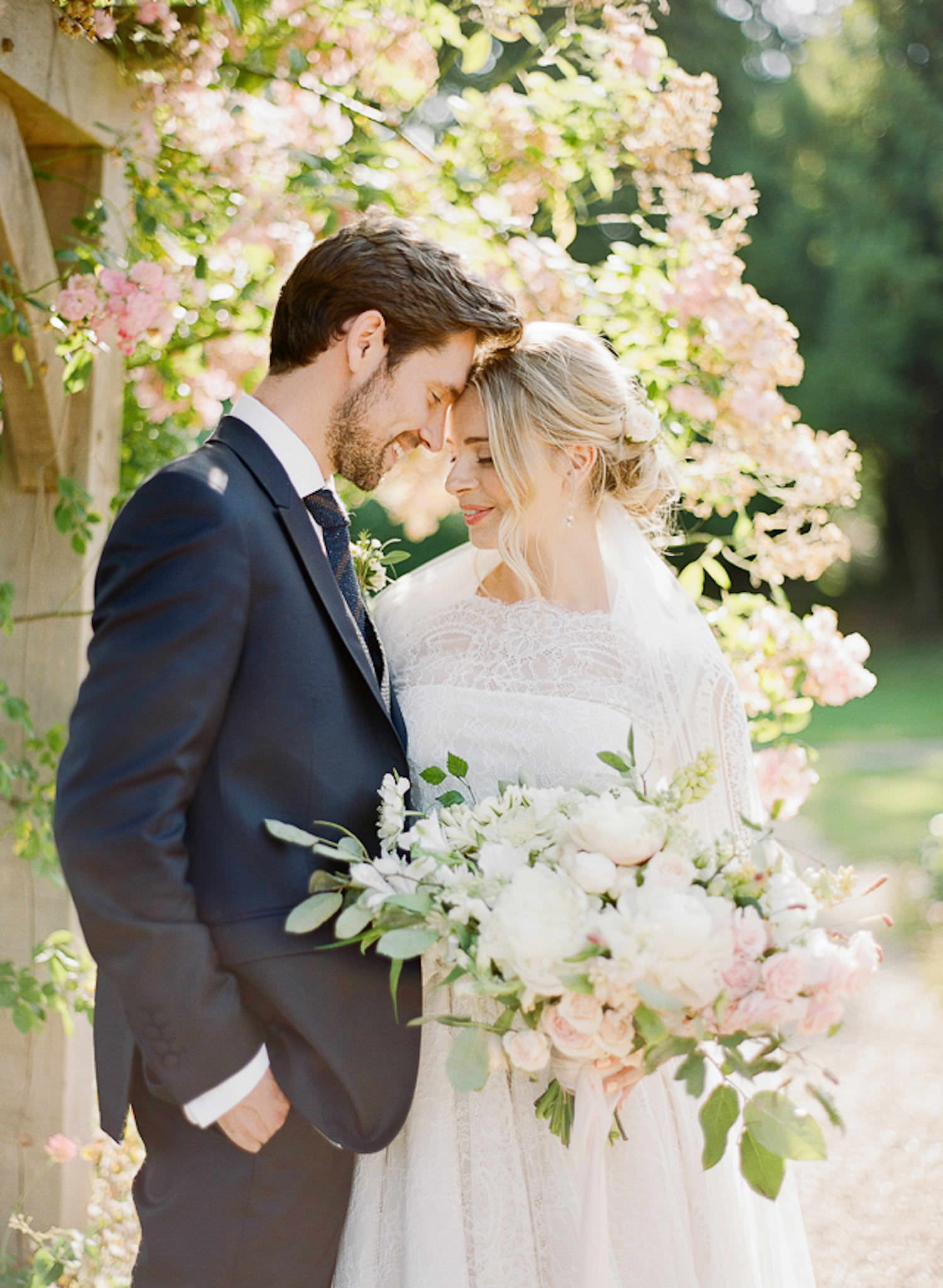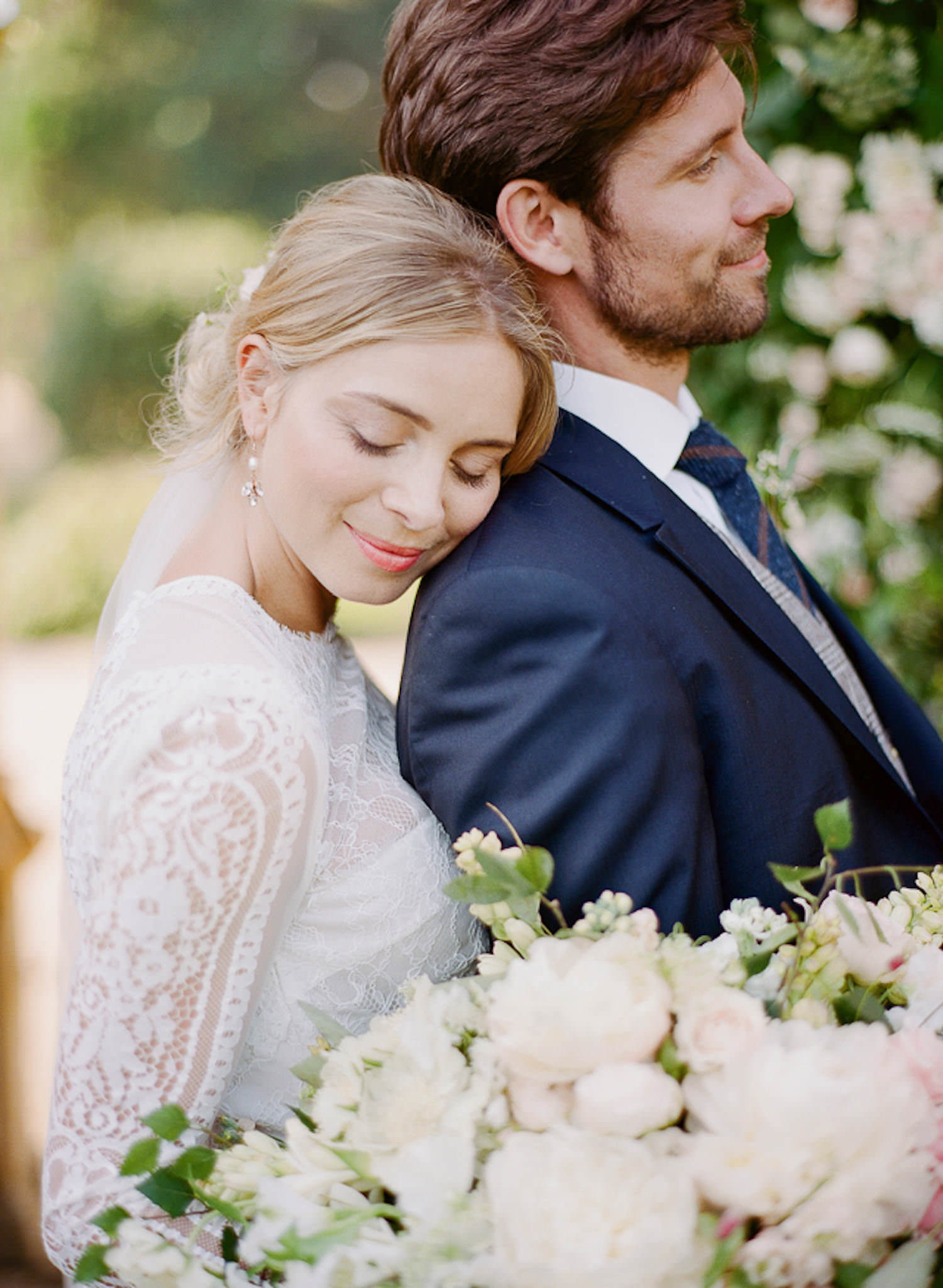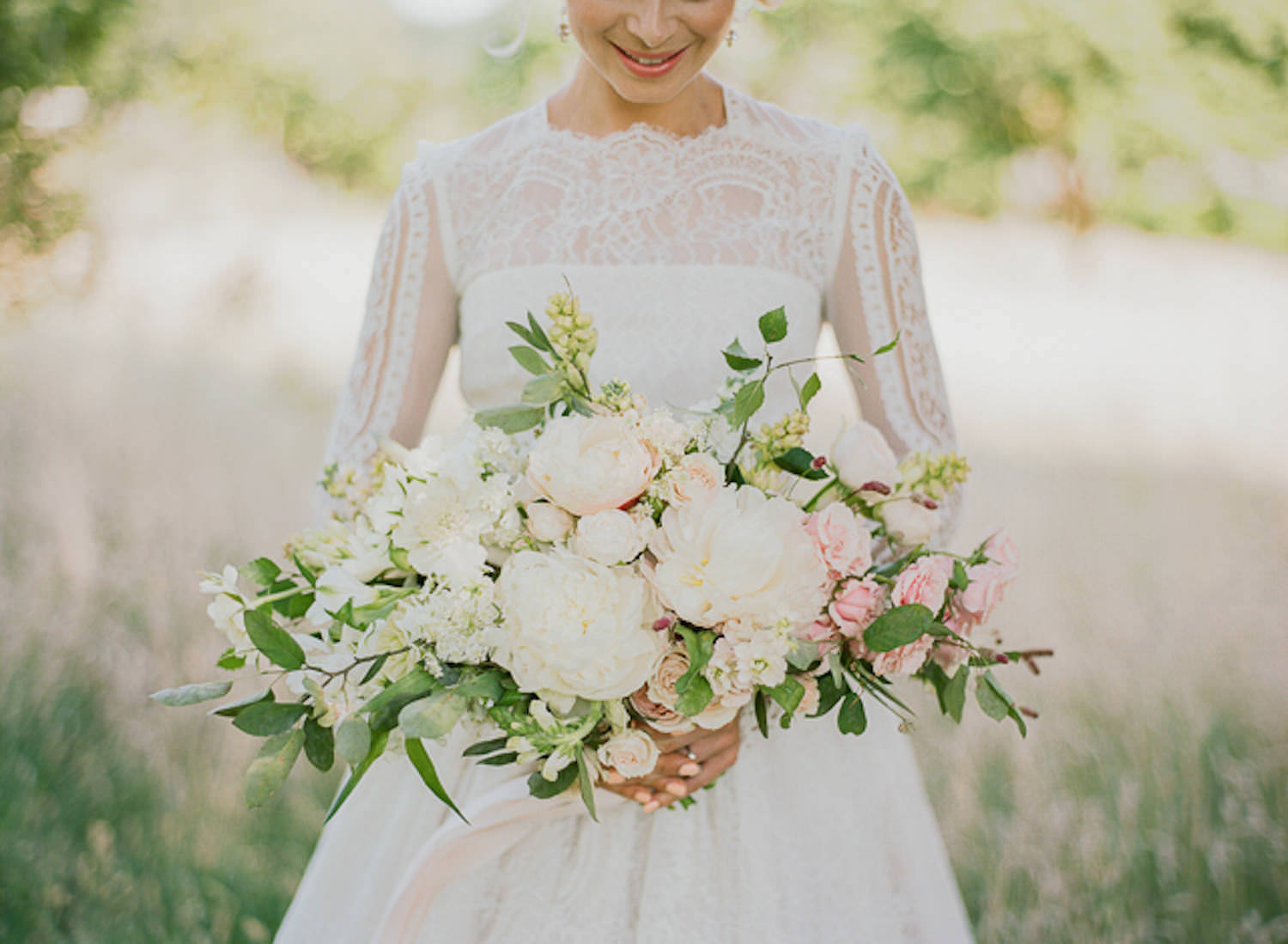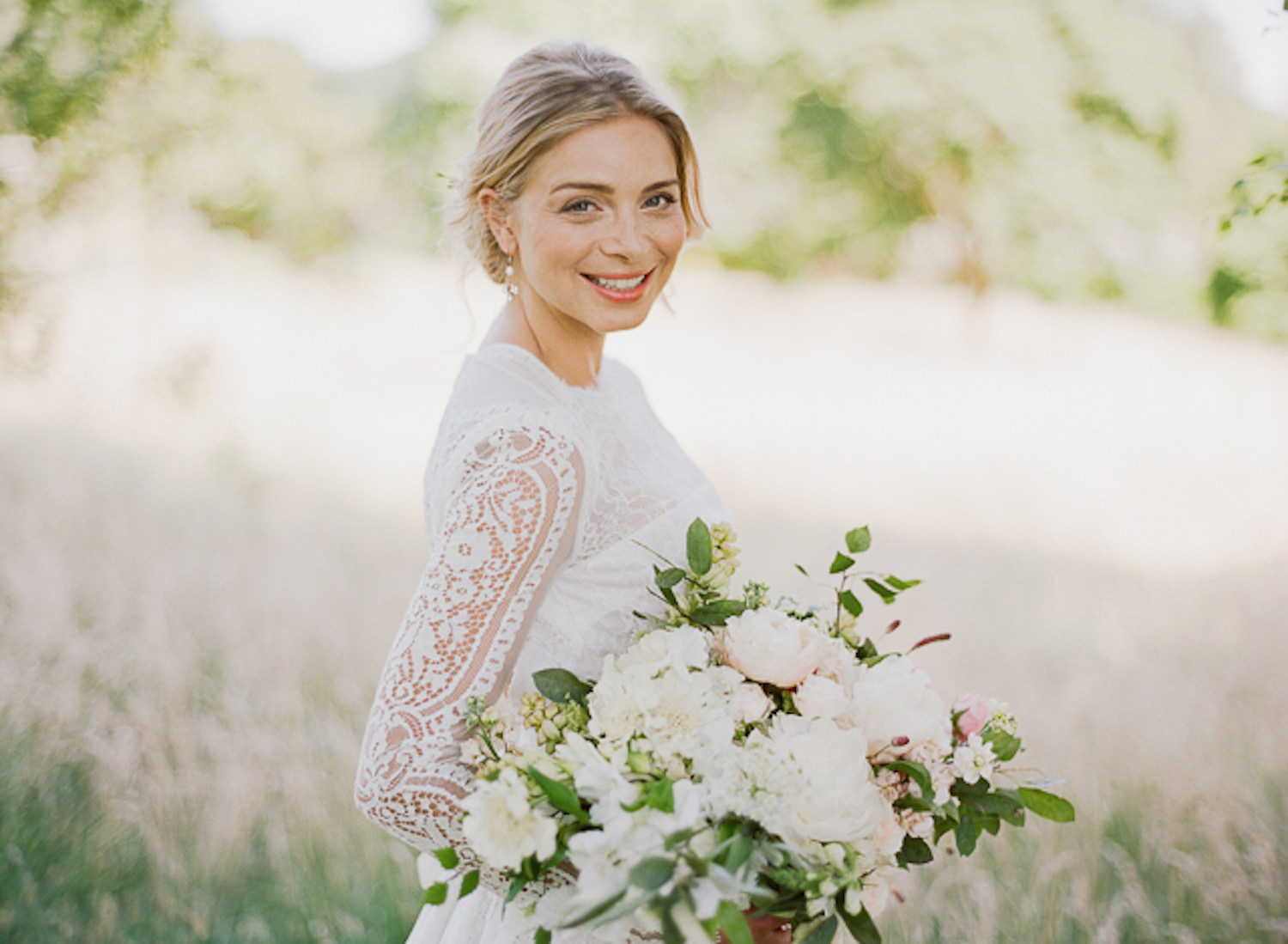DEFINING THE FINE ART WEDDING PHOTOGRAPHY STYLE
Fine art, a visual art considered primarily for aesthetic purposes and judged for its beauty and meaningfulness, specifically, painting, sculpture, drawing, watercolor, graphics, and architecture… but so much more! We simply adore fine art wedding photography and are very excited for todays wonderful blog post.
We are so incredibly lucky to feature the amazing Julie Michaelsen defining fine art wedding photography on The Events Designers blog. Julie Michaelsen is a award winning wedding photographer based in London, U.K. and specialises in fine art wedding photography. Julies style eases heartfelt romance, pure elegance and timeless creations.

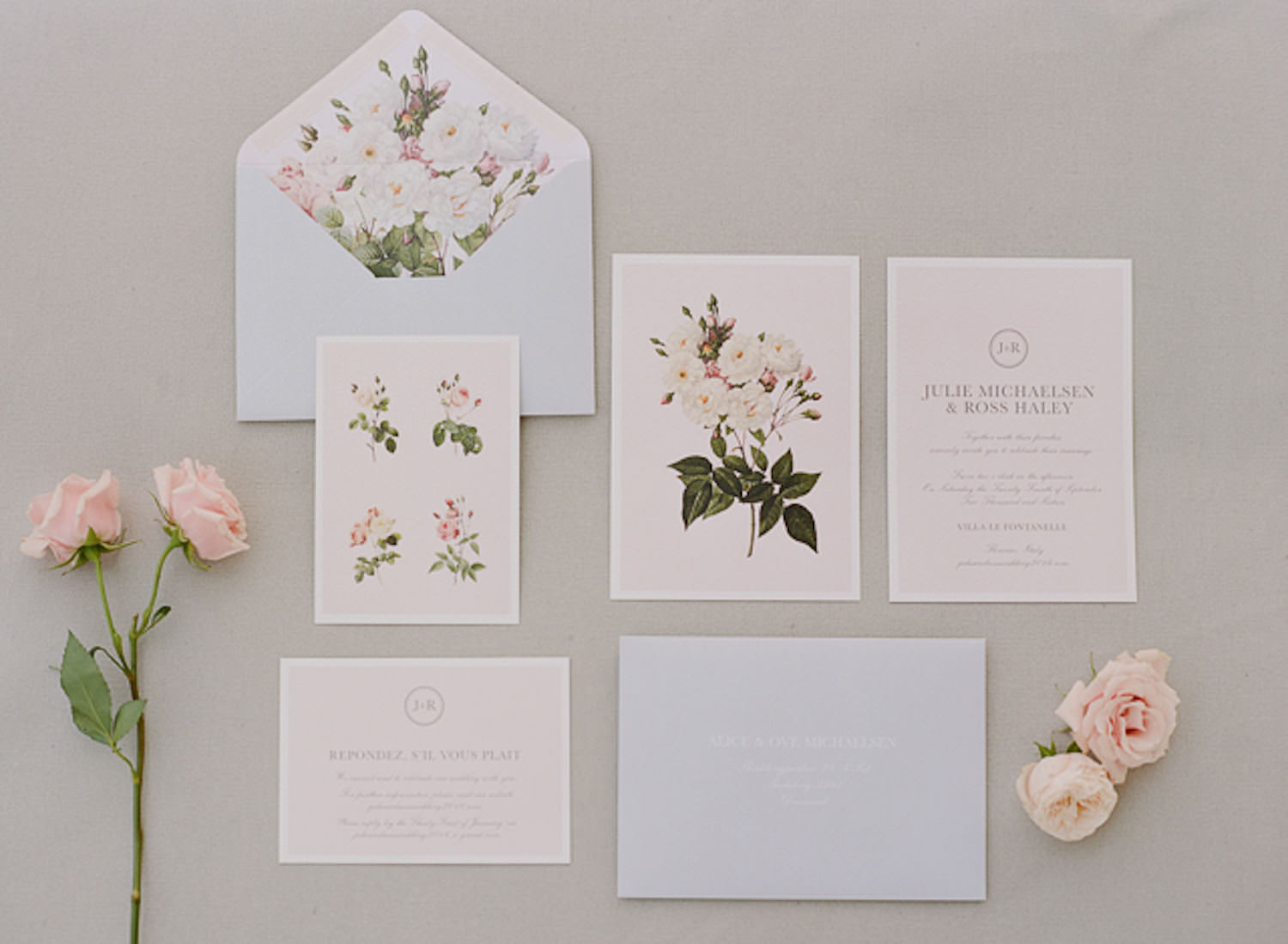
I love explaining to people what the fine art wedding photography style means to me. There are so many different styles of wedding photography these days that it’s so important couples understand what it is they are paying for.
For me the Fine Art Wedding Photography style can be explained in three ways: Aesthetic, Approach & Medium.
THE FINE ART AESTHETIC
The Fine Art Aesthetic gives you an idea of how the images will look. My fine art style means the images I produce are light, a little over-exposed and have that ‘airy’ and romantic, delicate soft feel to them. I don’t like to use a lot of contrast meaning the blacks or the shadows are not super strong. The ultimate aesthetic I strive for is a classic, uncomplicated and timeless image which will not look dated in years to come as some over edited styles sometimes do.


THE FINE ART WEDDING APPROACH
Fine Art Wedding Approach means that when I shoot my couples, I am not capturing them like I would a fly on on the wall documentary situation, I interact with my couples. I guide them into natural feeling situations which I know will be flattering and will make them feel comfortable. People often don’t like the idea of being ‘posed’ which is why I never use that term but I do softly direct them. I like to help my couples by directing them into looking their absolute best whilst looking natural and most importantly feeling like themselves.
There are various tricks and tips I use to get natural reactions from my client so that they don’t look and feel staged. So, when I have couples who tell me they are nervous in front of the camera or don’t want to be ‘posed’ I will often reassure them that firstly most of my clients feel this way. ‘Unphotogenic’ is actually not a real thing, there are only amateur photographers who don’t know how to get the best out of their subjects.
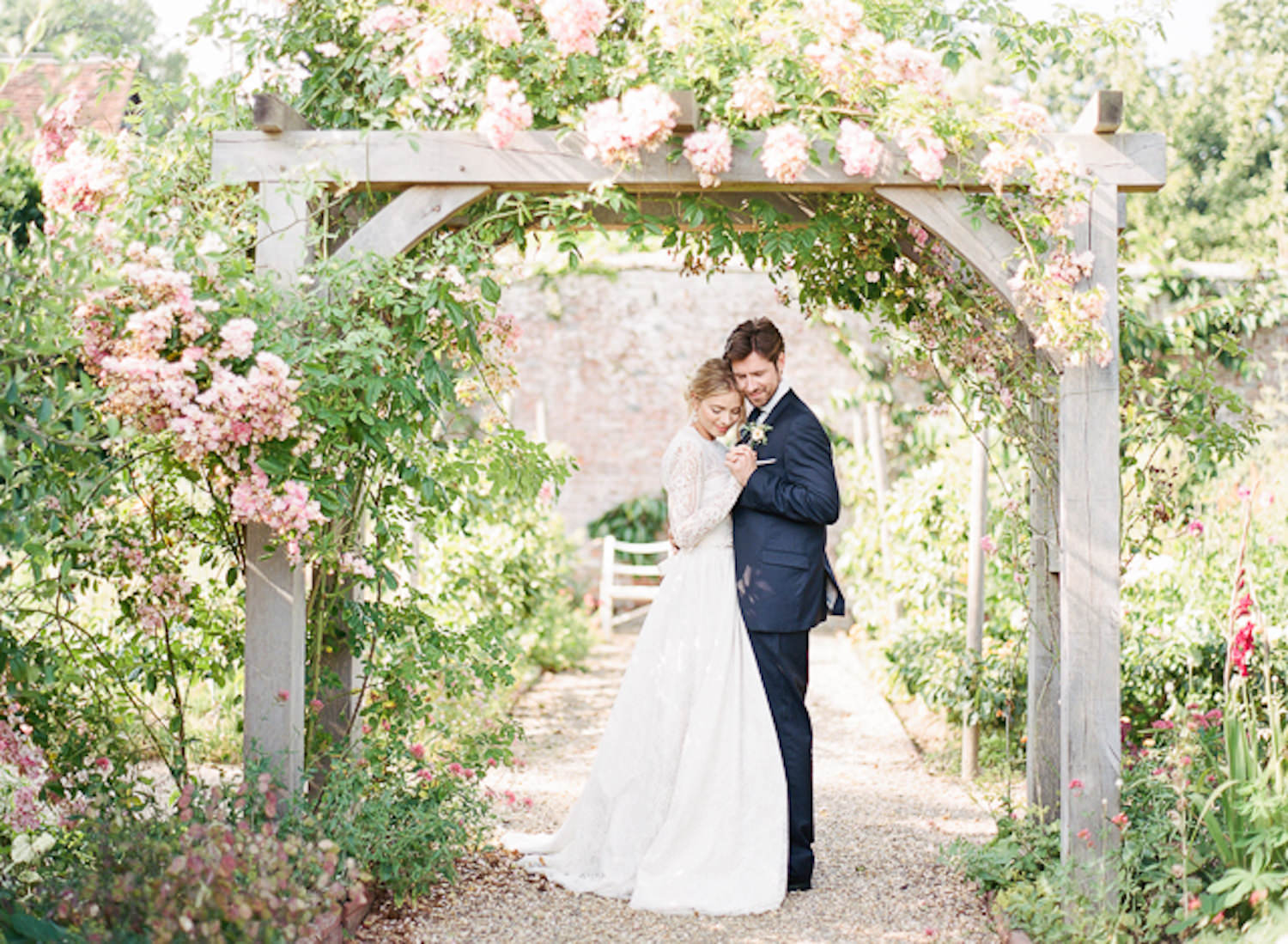
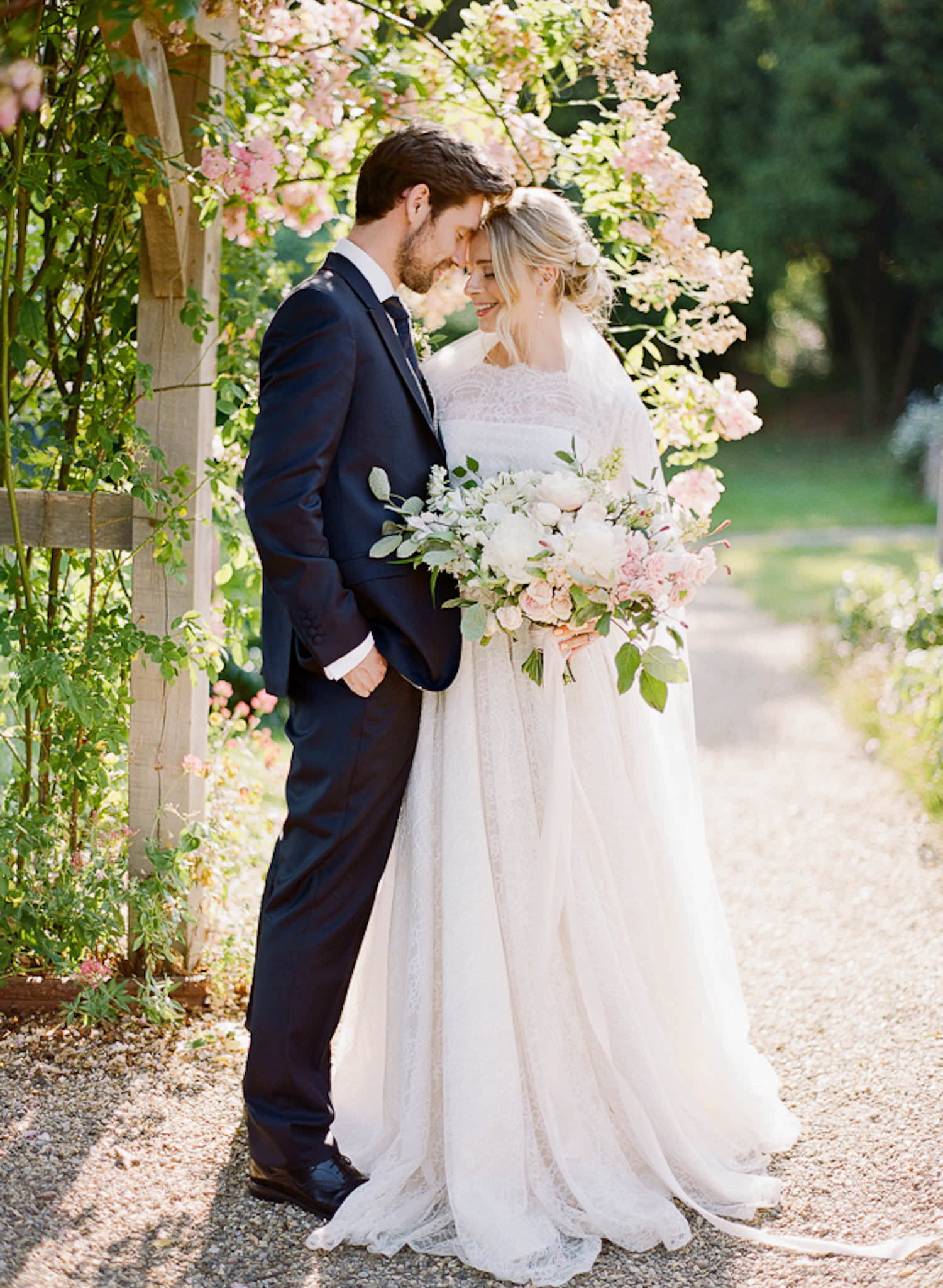
By reassuring my couples I spend a lot of time and energy ensuring they feel comfortable by talking to them, giving them feedback and encouraging them. Ultimately, I assure them that the quality of the photos rest with me as the photographer not with them and that as long as they give enough time and cooperation I will get the best out of them.
I also like to remind them that while my priority is to give them the best photos it is also to ensure they are having a good and relaxed time, it is their wedding day after all!
Apart from the couples shoot, the formal family portraits and some of the bridal preparation portion of the wedding day I am for the most part shooting in a documentary style, capturing spontaneous and candid moments throughout the ceremony & reception.
Finally but perhaps most importantly…
THE FINE ART WEDDING PHOTOGRAPHY MEDIUM
Traditionally Fine Art Wedding Photography was produced using medium format film not digital photography.
Some are fearful of film because they think it is less ‘safe’ than shooting on digital formats. The reality is that memory cards can and sometimes do get corrupted which means you can risk losing huge portions of the day (some memory cards are 64GBs in size meaning most of your wedding can shot on that one card and could be lost.)
Now in reality the chances of you losing all of the images on that card is low but it can happen. When I shoot digital I mitigate this risk by backing up the images in camera by shooting on one large CF and duplicating with smaller versions on an SD card.
Whereas with rolls of film it’s actually quite hard to really ruin a roll of film if you know what you’re doing and if the worst case does happen and you lose it you’re only losing 16 shots (on 120 film) versus a couple of thousand on the digital memory card!
The main reason I shoot Film is that it produces the kind of images I’ve always wanted to create but had never quite been able to achieve fully on digital mediums.
Film photography is extremely flattering to skin tones but also the general look of a photo, for me has that right amount of authentic ‘grain’ or texture which I feel looks dated and fake when replicated in digital via presets. The grain on film photos feels so authentic to me whereas the grain you get from digital presets or cranking up your ISO feel so lumpy and to me appears to be an impersonator to the real thing.
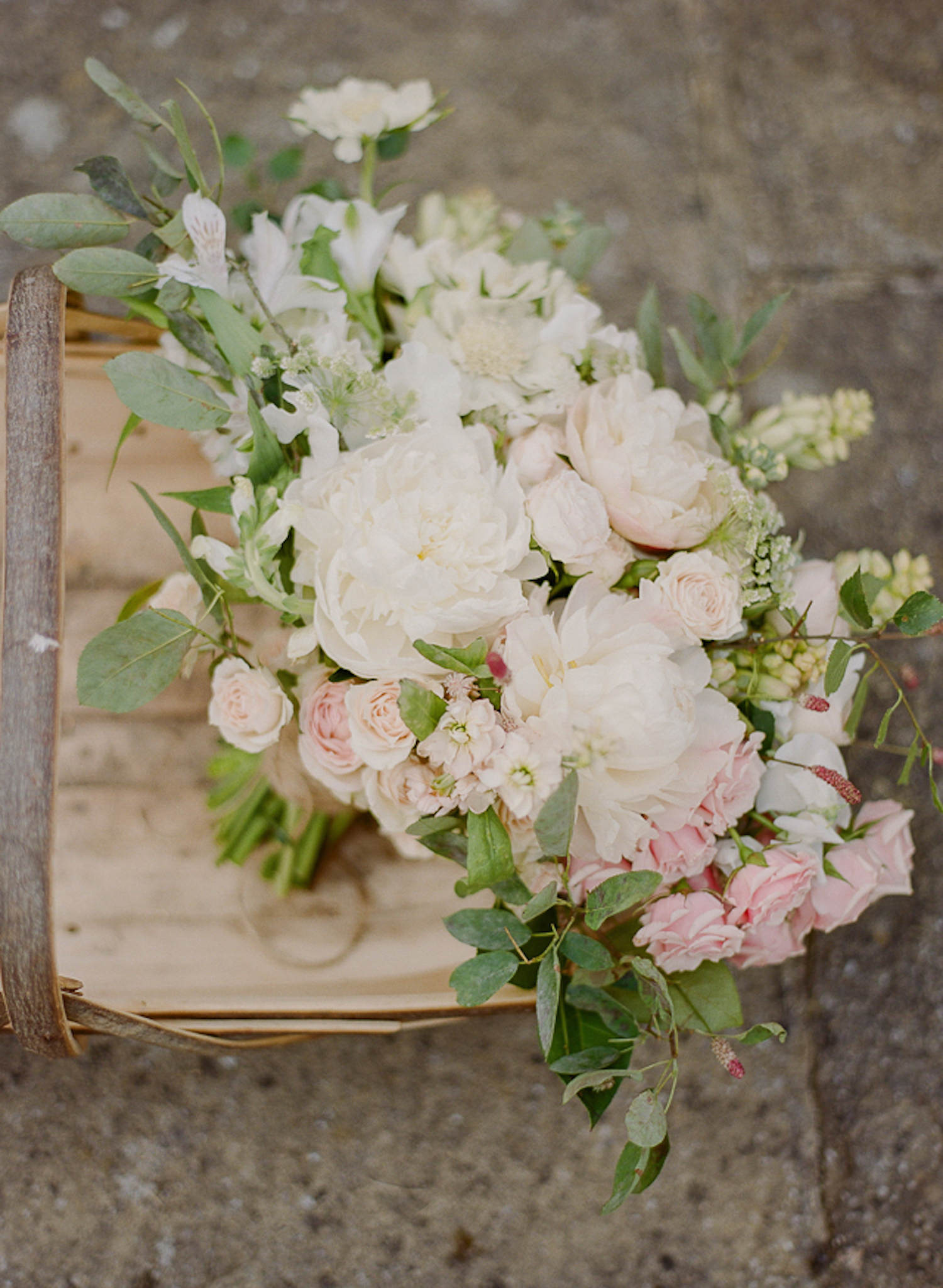
In my opinion Digital has become almost too perfect, with all the mega pixels you can see all manner of detail in the image, every single little pixel! Film on the other hand has the ability to smooth out things out meaning any unflattering blemishes, leaving you with a decidedly dreamy and elegant finish. However digital does of course have its pros and it’s place!
Another reason I love film is how well it handles light…where digital struggles to figure out whether to expose for the lights or the darks, film manages to handle both seamlessly by making sure the highlights aren’t too blown out and the darks are too muddy.
I really adore the process of film, shooting purposefully, more slowly and with more intention. Digital cameras are so fast that if you’re not careful you can overshoot and create so much work for yourself after the wedding.
On medium format 120 film, you only have 16 shots per roll of film, meaning I’m not going to waste them taking the same shot twice, it makes me slow down and curate the image before pushing the shutter.
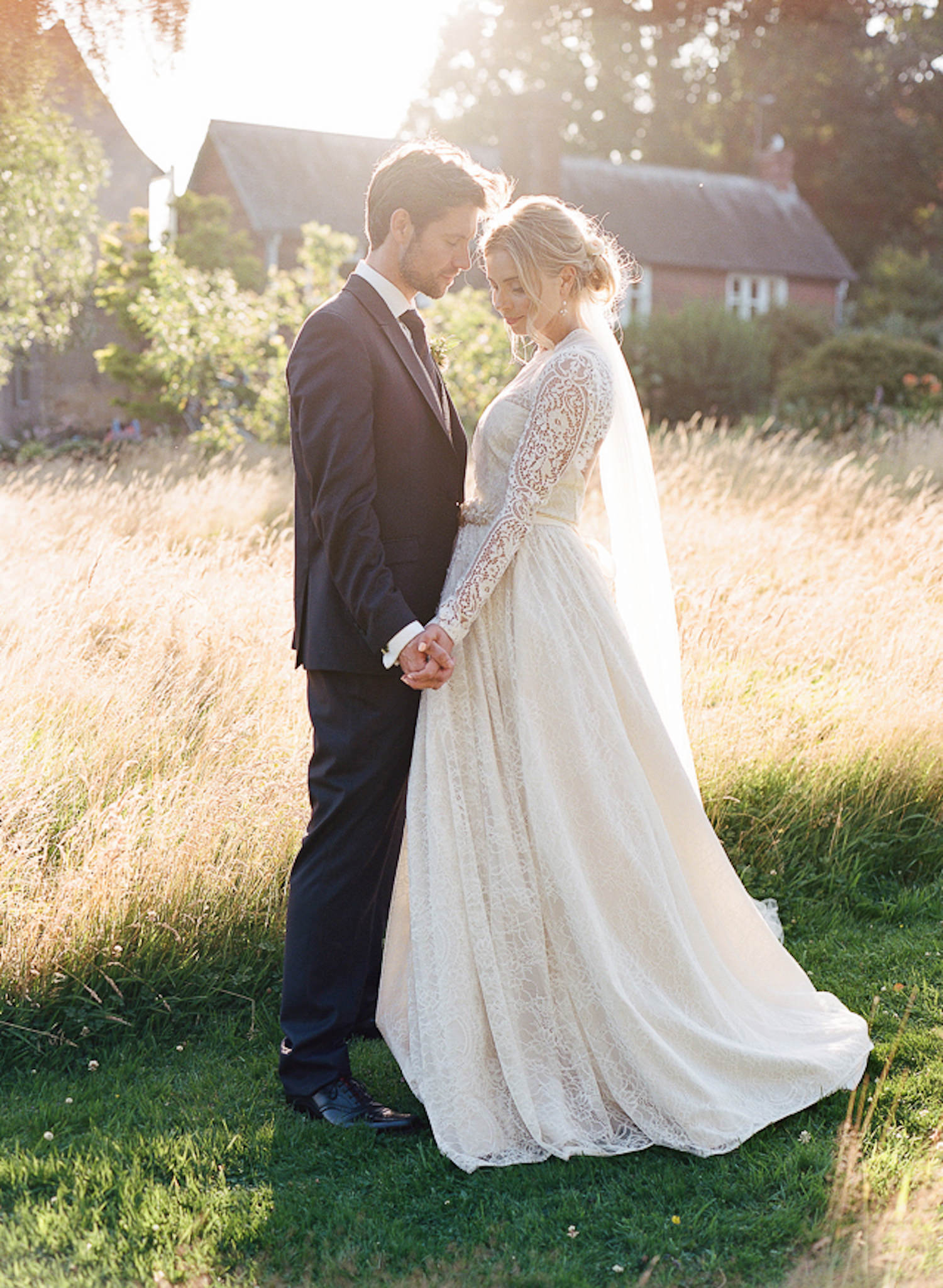
Film photography is expensive though and because I know exactly what each photo costs me to produce and get scanned, I find myself taking more time to get the perfect shot as apposed to the spatter gun affect that can easily happen when you shoot digitally.
I often find that people love the effect of film without knowing that it is film, they don’t know why they like it but always do!
A special thank you to Julie for explaining the beauty of fine art wedding photography and style.
With Love,
![]()
Guest Feature: Julie Michaelsen ● Wedding Venue: Falconhurst in Kent, U.K ● Wedding Flowers: Jennifer Pinder ● Ribbon: Pompom Blossom ● Wedding Rings: The London Victorian Ring Co ● Bridal Dress: Katya Katya ● Beauty: Toni Harris Team ● Accessories & Veil: Kelly Spence ● Groomswear: Stephen Bishop Suiting
Want more wedding blog posts? Review our other blog posts:
- Read our: Top 12 Wedding day Tips
- Review: The Difference Between A Wedding Planner & Venue Coordinator
- Read our guide to: The First 5 Steps To Plan Your Dream Wedding
SaveSave

